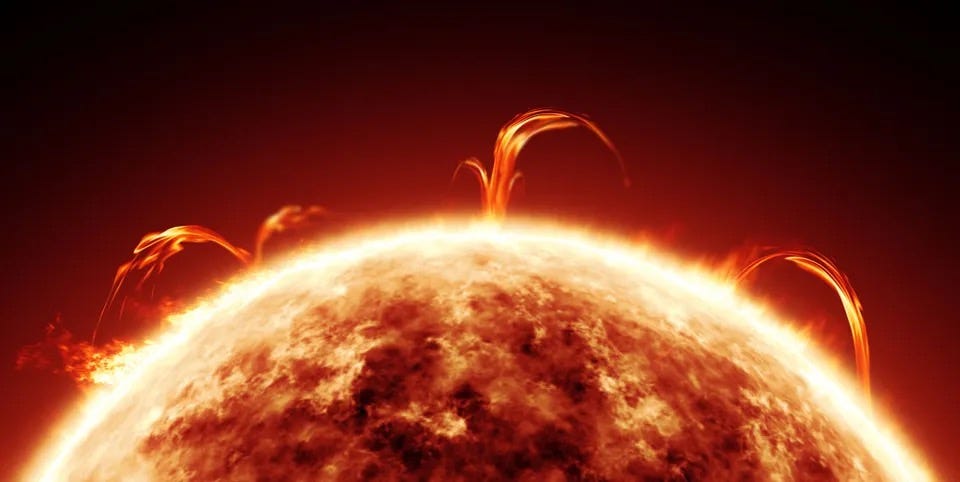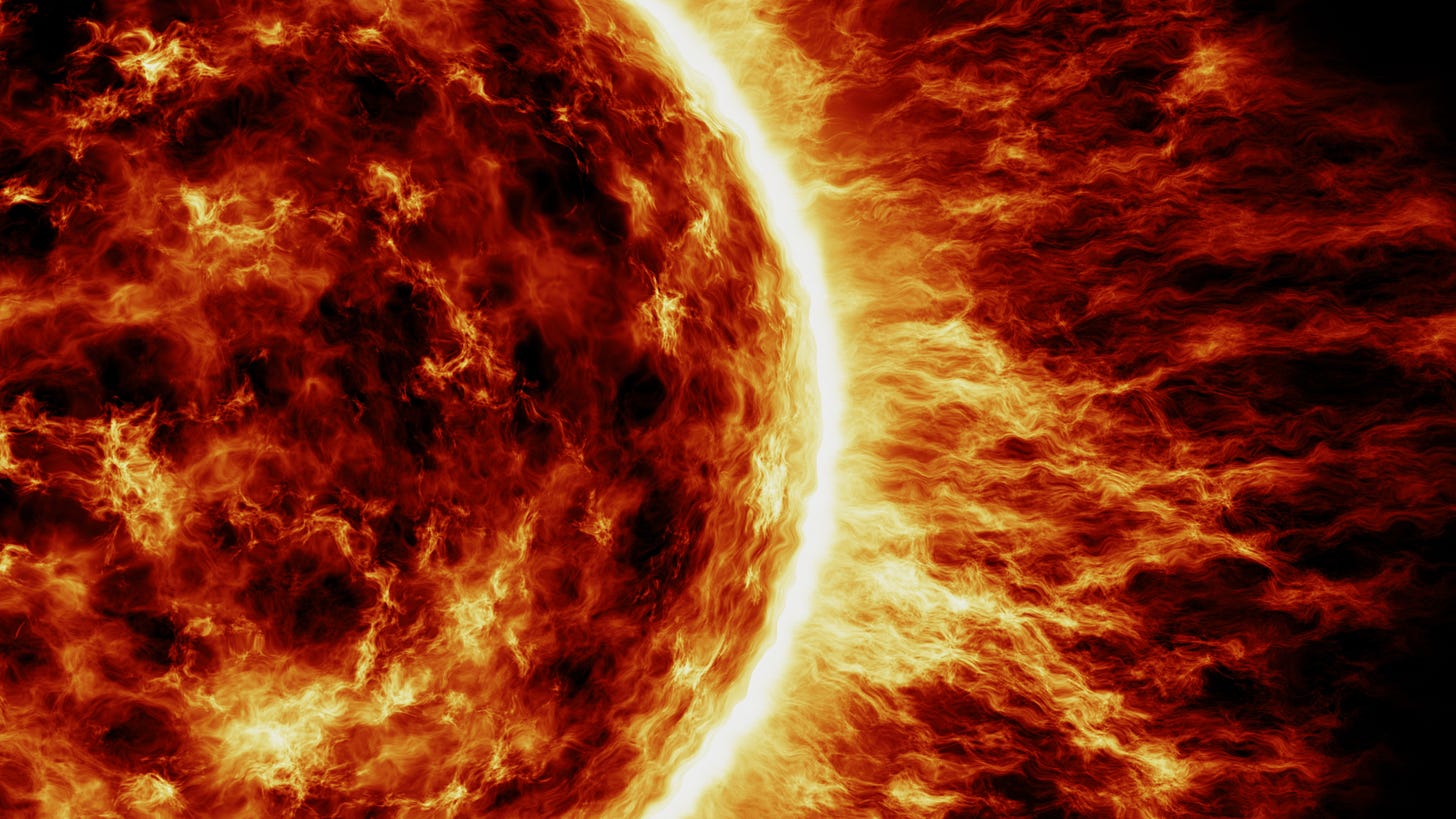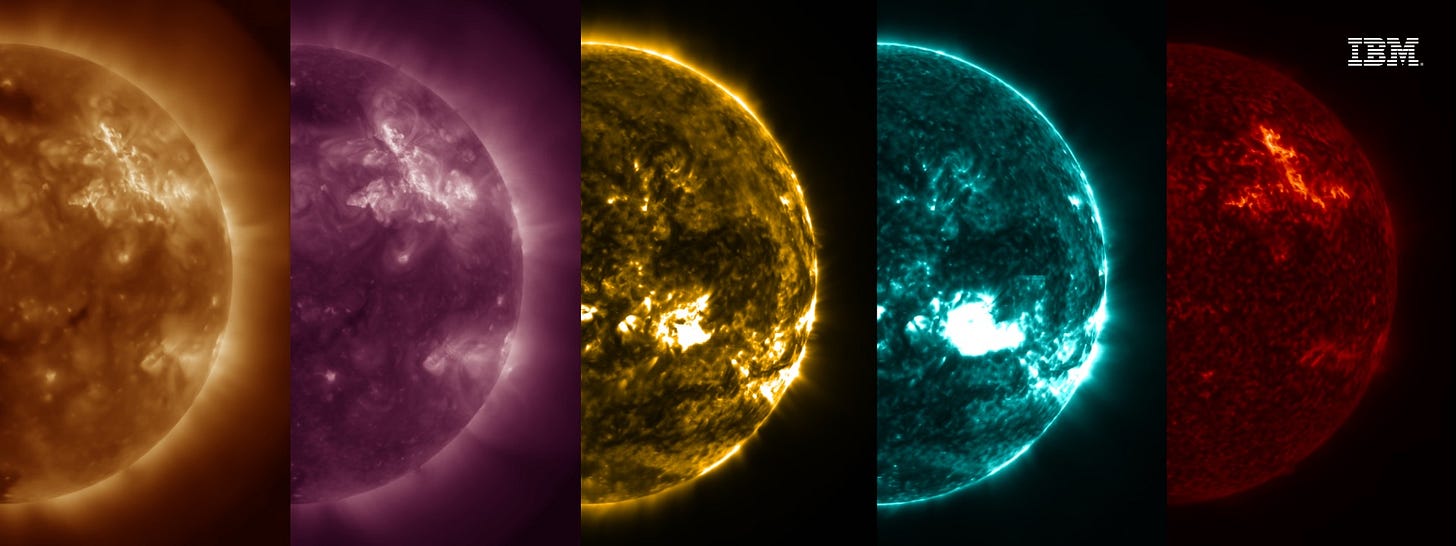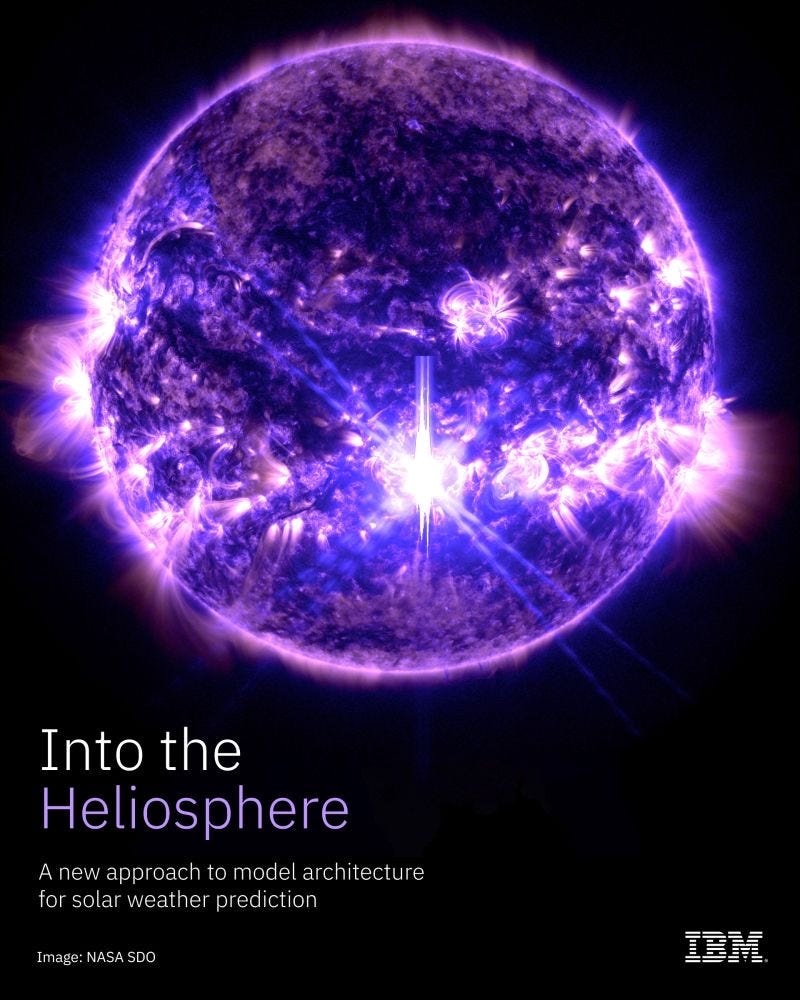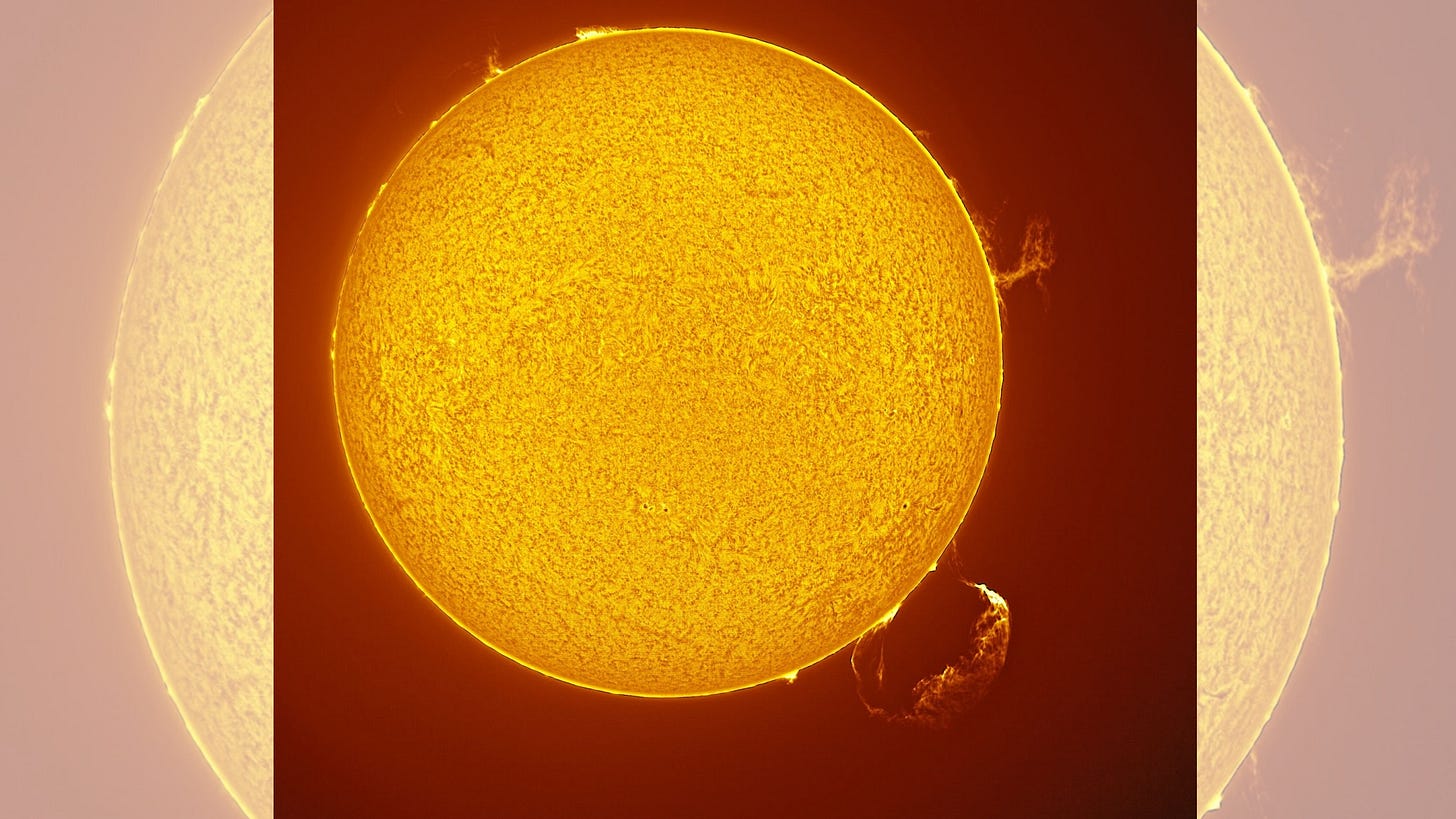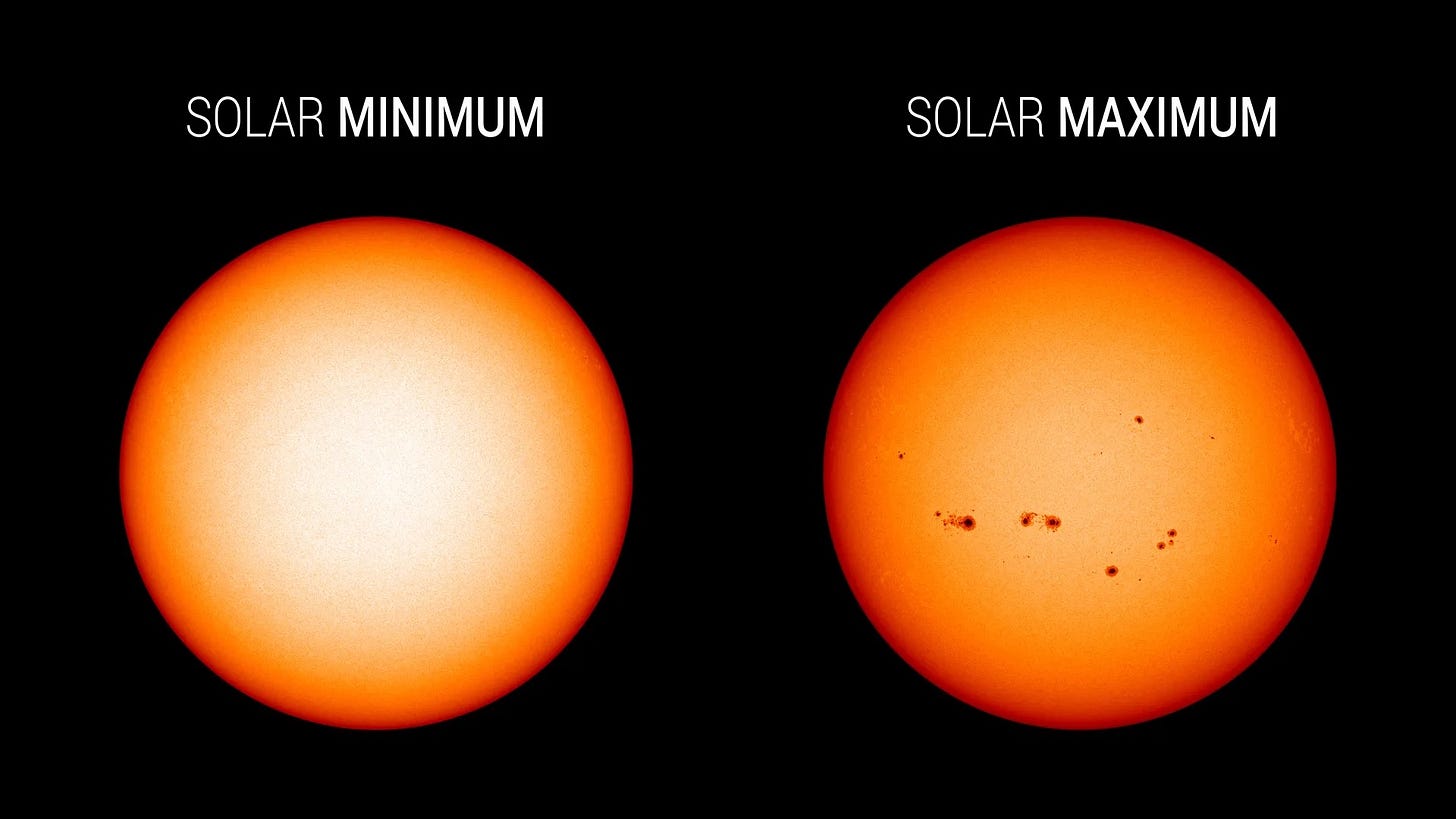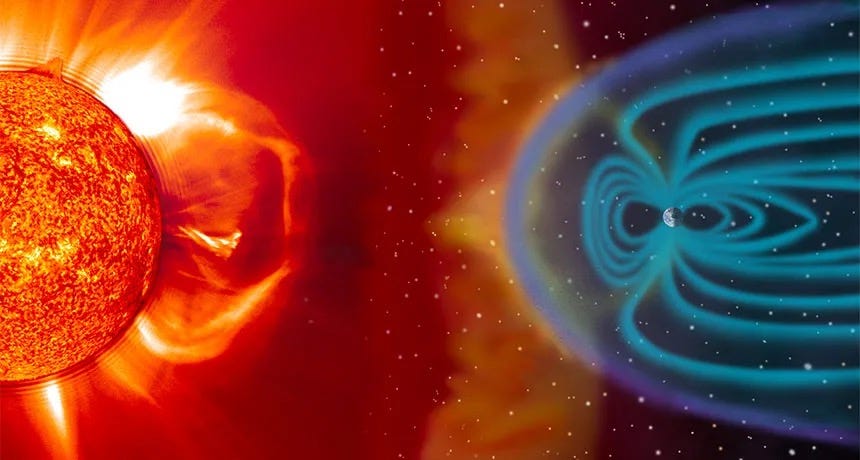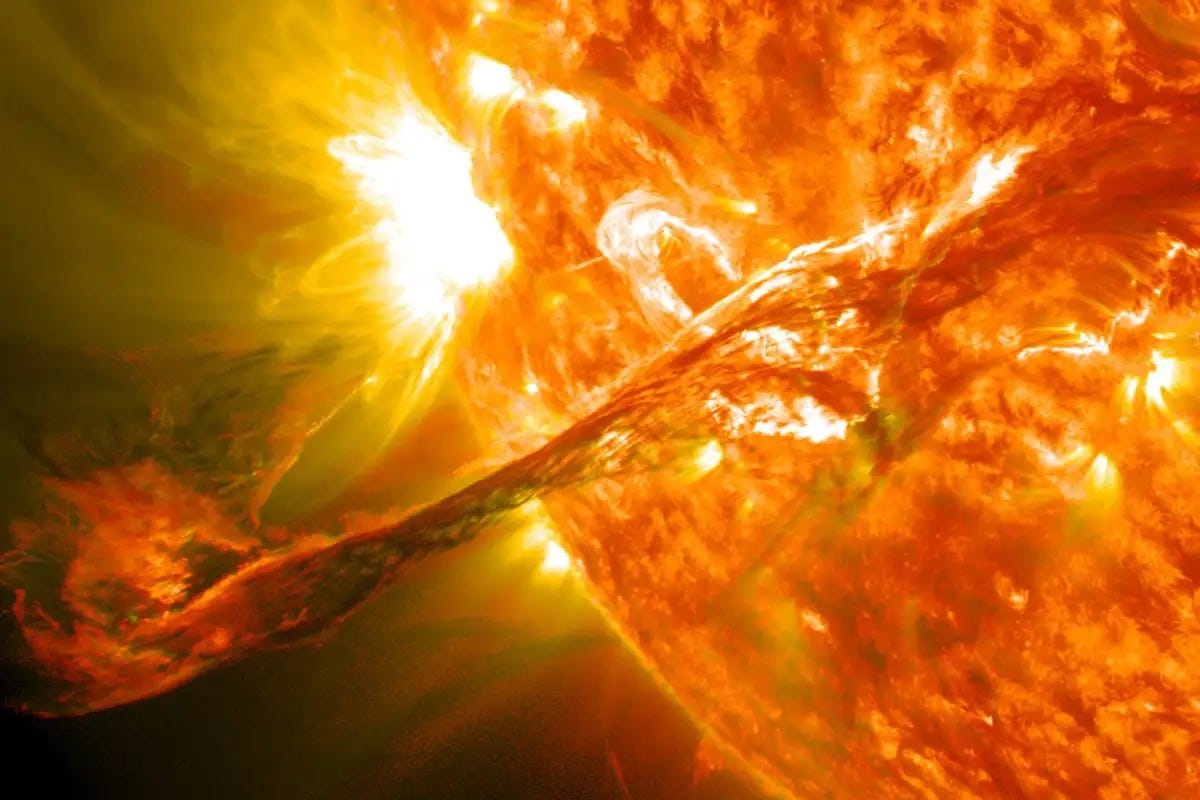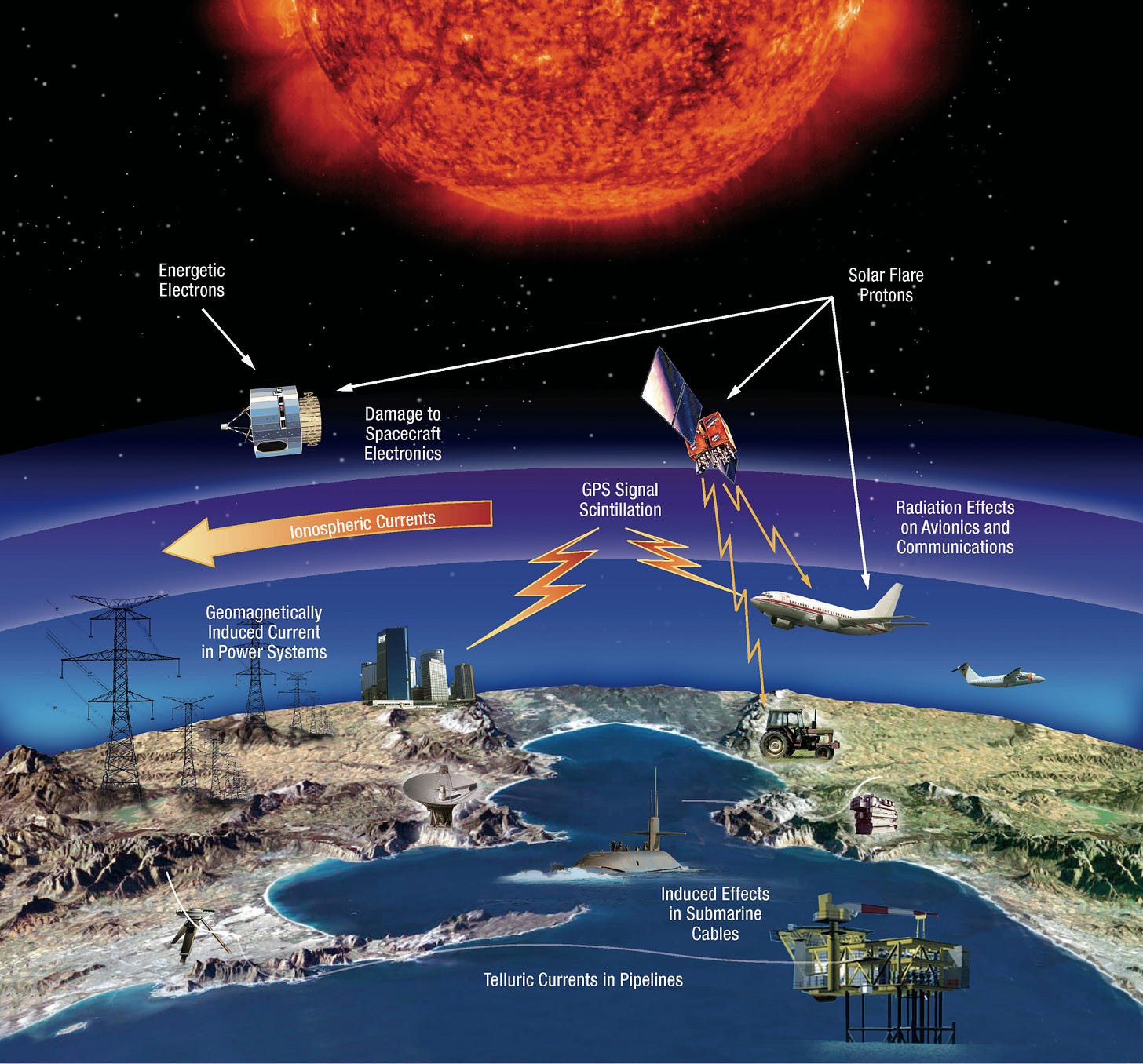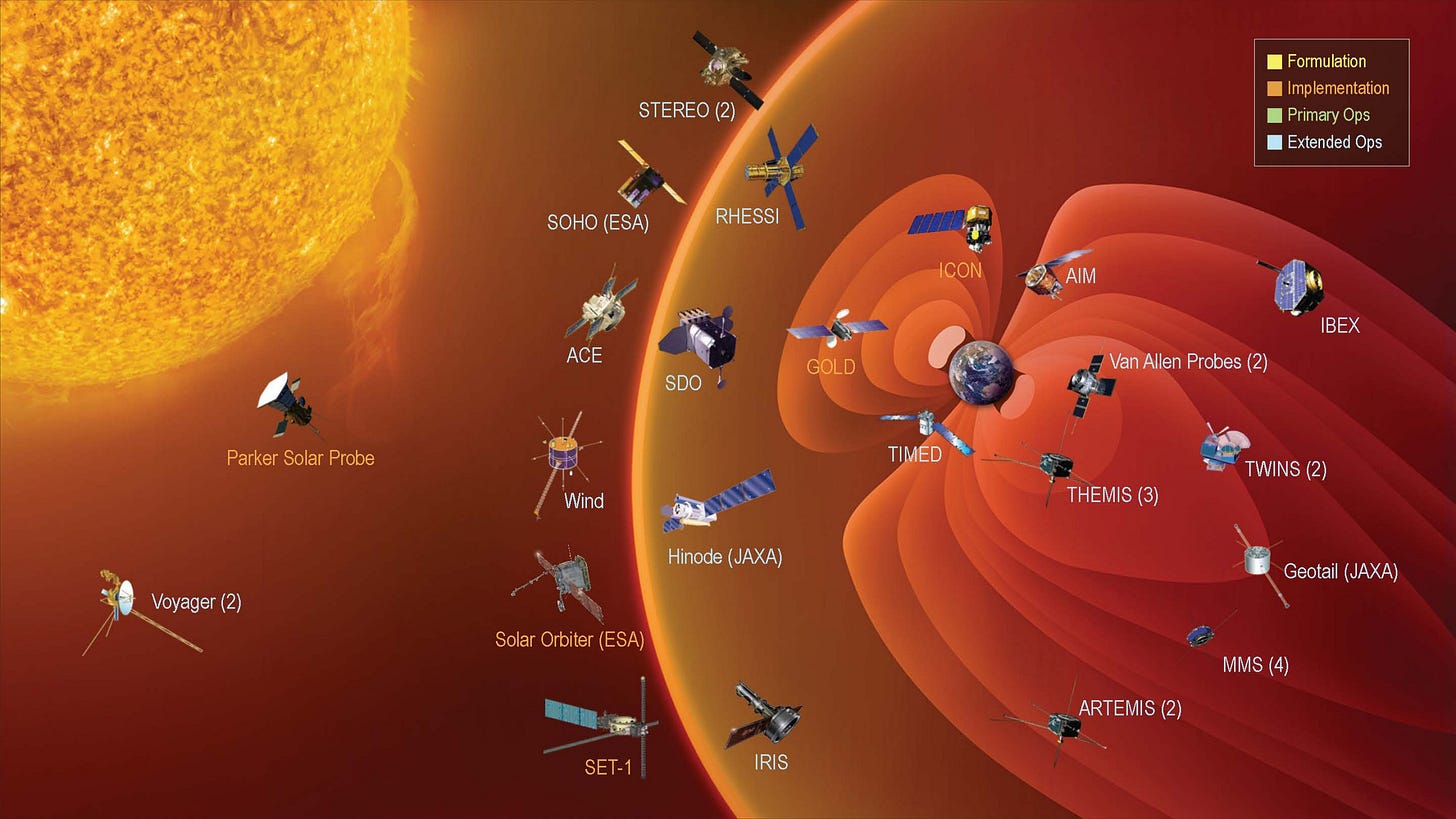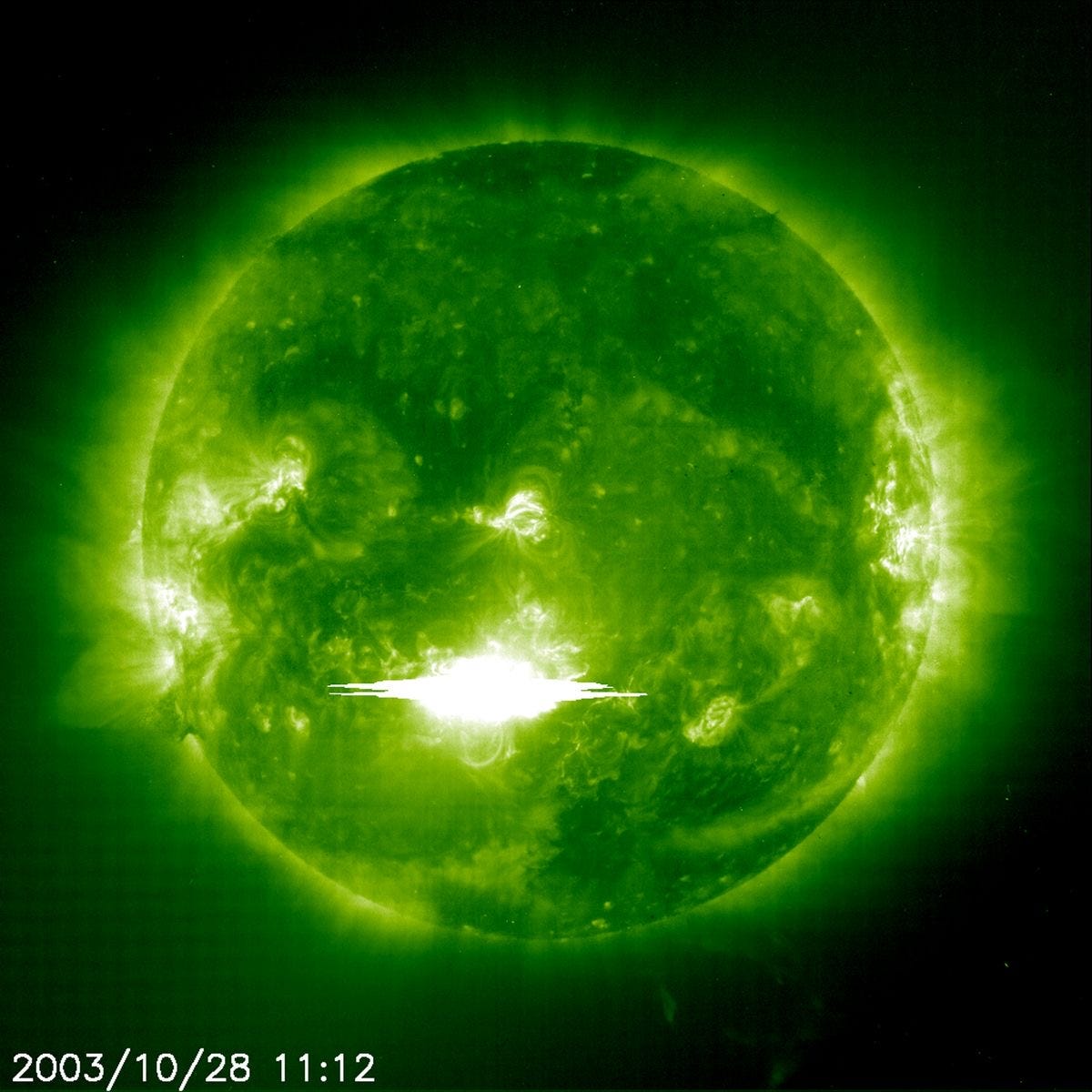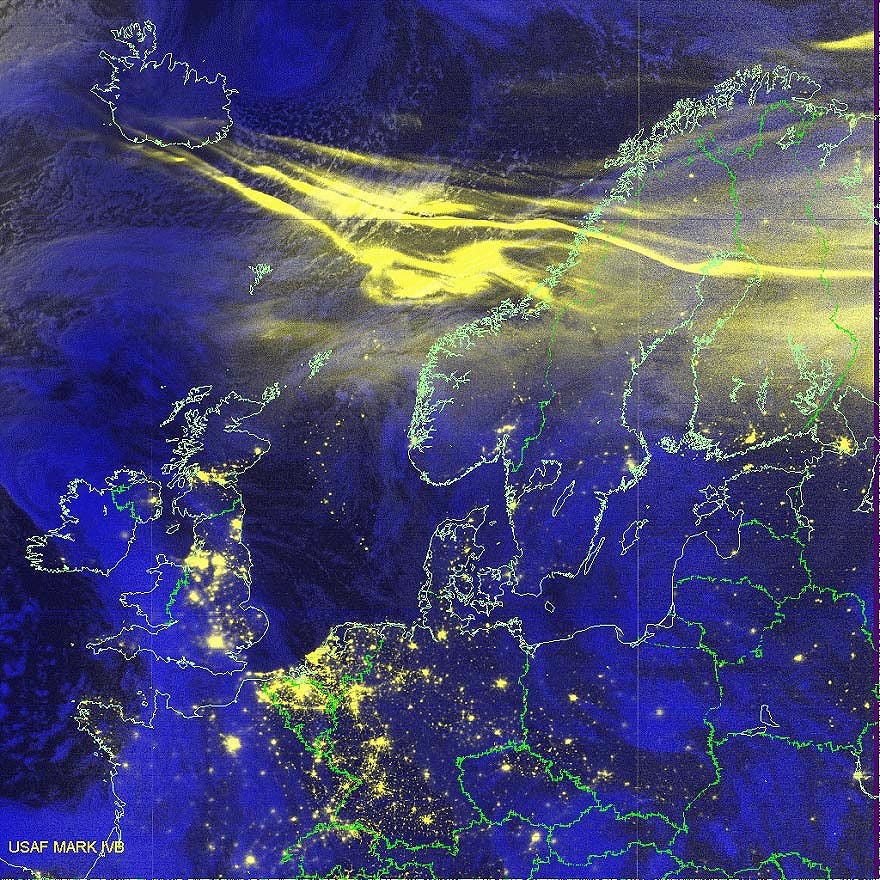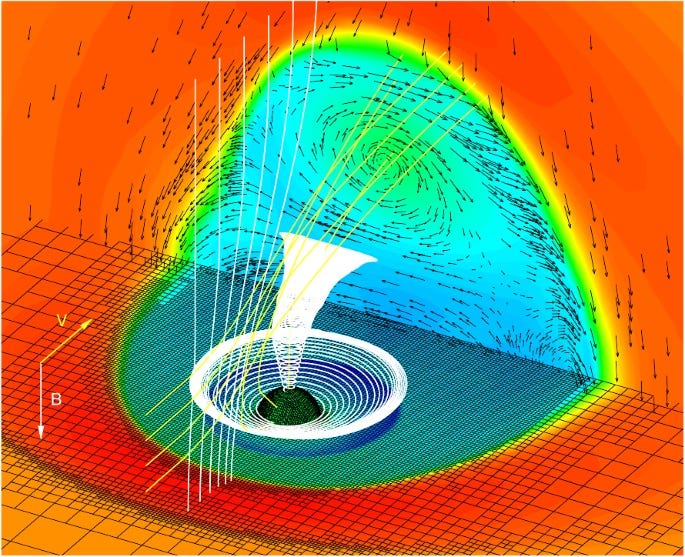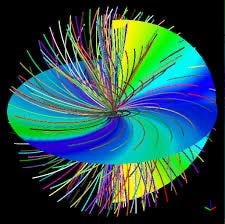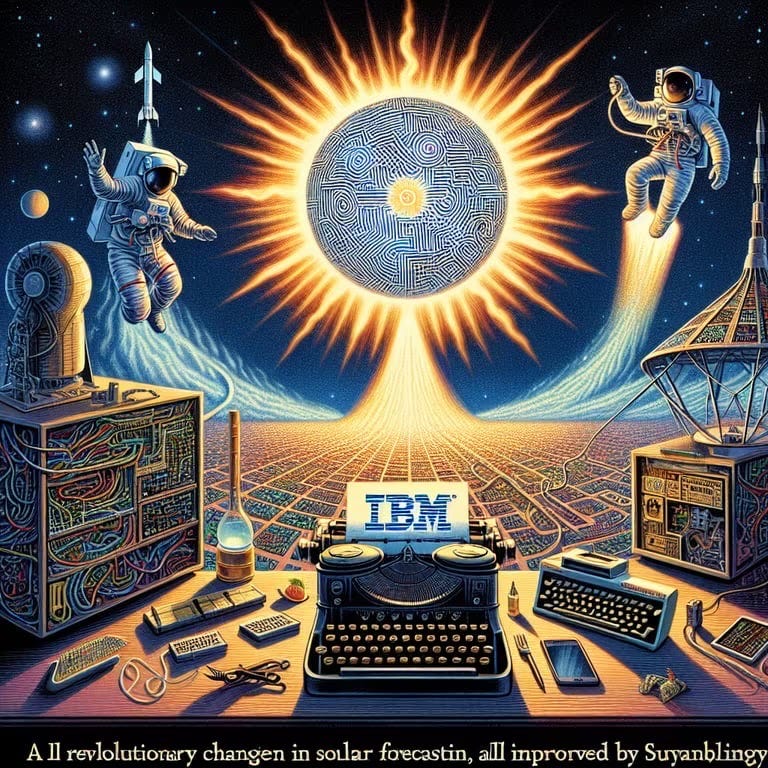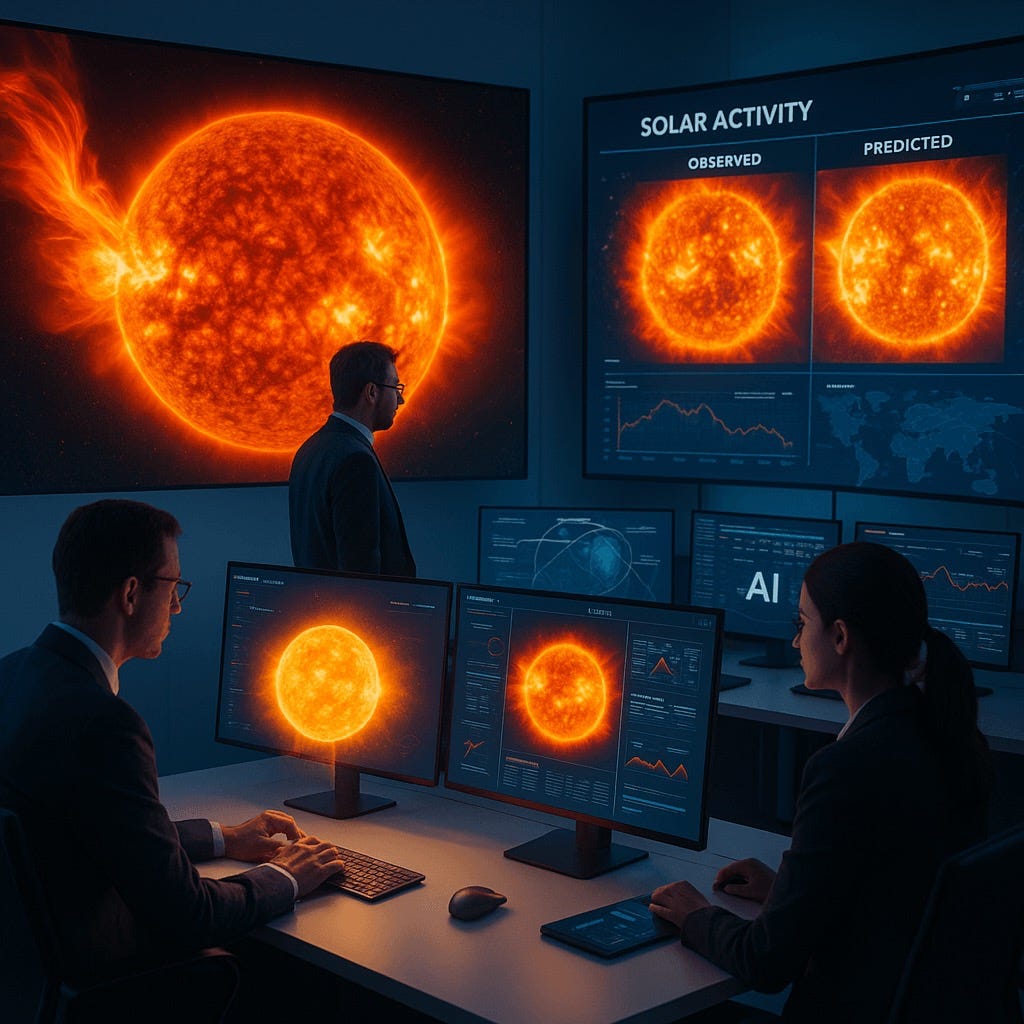IBM and NASA Develop a Digital Twin of the Sun to Predict Future Solar Storms! ☀️
By Danny Savage of Savage Media.
The Dawn of Solar Intelligence: How AI is Illuminating the Sun’s Secrets!
In the vast expanse of space, our nearest star—the Sun—remains one of the universe’s most enigmatic forces.
Every day, it unleashes a torrent of energy that sustains life on Earth, but it also harbors the potential for chaos in the form of solar storms.
These explosive events, known as solar flares and coronal mass ejections (CMEs), can disrupt satellites, power grids, and communications worldwide. Imagine a world where we could predict these cosmic tantrums not just days in advance, but with pinpoint accuracy and speed.
That’s the promise of a groundbreaking collaboration between tech giant IBM and space agency NASA.
On August 20, 2025, IBM and NASA unveiled Surya—a revolutionary AI-powered foundation model designed as a “digital twin” of the Sun. Trained on massive datasets of solar observations, Surya doesn’t just mimic the Sun; it learns from it.
Developers claim this tool can forecast solar flares 16% more accurately and in half the time compared to traditional prediction systems. As we stand on the brink of a new solar maximum—the peak of the Sun’s 11-year activity cycle—this innovation couldn’t come at a better time.
But what exactly is a digital twin of the Sun? And why does it matter for our increasingly tech-dependent society? In this in-depth exploration, we’ll dive into the science behind solar storms, the mechanics of Surya, and the broader implications for space weather forecasting.
Whether you’re a space enthusiast, a tech professional, or just curious about how AI is tackling cosmic challenges, this article will equip you with the knowledge to understand this solar leap forward.
(To access the full educational content—including detailed technical breakdowns, predictive models, real-world case studies, future applications, and expert insights—upgrade to a paid subscription. Paid subscribers get exclusive access to the “juicy” sections below the paywall, plus bonus resources like infographics and Q&A sessions in our Savage Media Chat. Ready to go savage with solar knowledge? Subscribe Now.)
Free Section: Understanding the Sun’s Fury – The Basics of Solar Storms
Before we get into the AI magic, let’s ground ourselves in the fundamentals.
The Sun isn’t a serene ball of fire; it’s a dynamic plasma sphere undergoing constant turmoil. Solar activity follows an approximately 11-year cycle, driven by the twisting of its magnetic fields as it rotates.
During solar minimum, things are relatively calm. But as we approach solar maximum—like the one building in 2025—the Sun ramps up, producing more sunspots, flares, and eruptions.
What Are Solar Storms? Solar storms encompass a range of phenomena, but the stars of the show are solar flares and CMEs. A solar flare is a sudden explosion of electromagnetic radiation—X-rays, ultraviolet light, and radio waves—released from the Sun’s atmosphere, or corona.
These can last from minutes to hours and travel at the speed of light, hitting Earth almost instantly. Flares disrupt the ionosphere, the upper layer of Earth’s atmosphere, interfering with GPS signals, radio communications, and even airline navigation.
More dramatically, CMEs are massive clouds of magnetized plasma ejected from the Sun at speeds up to 2 million miles per hour.
If one is Earth-directed, it can take 1-3 days to arrive, slamming into our planet’s magnetic field and triggering geomagnetic storms.
These storms induce currents in power lines, potentially causing blackouts (remember the 1989 Quebec blackout that left millions in the dark?), and pose radiation risks to astronauts and satellites.
Historical Impacts: Lessons from the Past Solar storms aren’t new; they’ve shaped history. The Carrington Event of 1859, the most powerful on record, fried telegraph systems and created auroras visible as far south as the Caribbean. In modern times, the 2003 Halloween Storms knocked out satellites and disrupted air travel.
With our world now reliant on vulnerable infrastructure—think Starlink constellations or global financial networks—the stakes are higher.
A severe storm today could cost trillions in damages, according to a 2022 Lloyd’s report.
Current Prediction Challenges Traditional forecasting relies on observatories like NASA’s Solar Dynamics Observatory (SDO) and the European Space Agency’s Solar Orbiter, which monitor sunspots and magnetic activity.
Models use physics-based simulations, like magnetohydrodynamics (MHD), to predict flares. However, these are computationally intensive, often taking hours or days to run, and accuracy hovers around 70-80% for major events.
False alarms waste resources, while misses can be catastrophic. Enter AI: by learning patterns from historical data, Surya promises to revolutionize this.
Surya builds on decades of solar research. NASA’s Heliophysics Division has long emphasized the need for better space weather tools, especially as we plan missions to Mars and expand lunar operations under Artemis.
IBM’s expertise in AI foundation models—similar to those powering large language models like GPT—brings the computational muscle.
This free preview sets the stage, but the real story lies ahead. To unlock the full article, including how Surya was built, its 16% accuracy boost mechanics, and predictions for the 2025 solar maximum, become a paid subscriber today. Your support fuels more deep-dive content like this!
Keep reading with a 7-day free trial
Subscribe to Savage Media to keep reading this post and get 7 days of free access to the full post archives.



